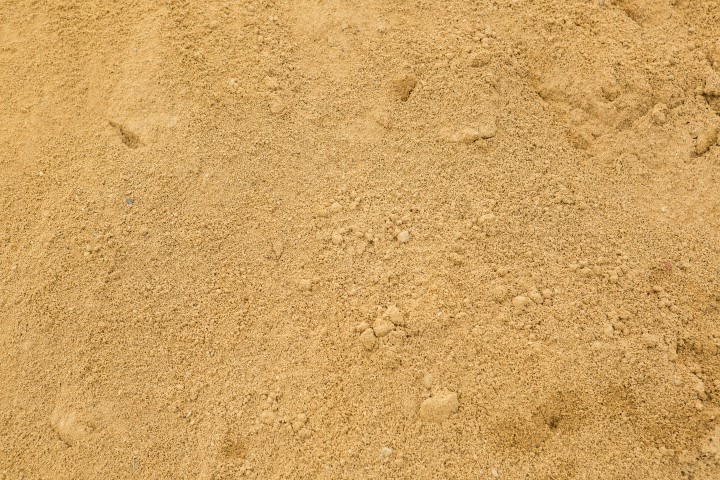
noun
- the more or less fine debris of rocks, consisting of small, loose grains, often of quartz.
- Usually sands. a tract or region composed principally of sand.
- the sand or a grain of sand in an hourglass.
- sands, moments of time or of one’s life: At this stage of his career the sands are running out.
- a light reddish- or brownish-yellow color.
- Informal. courage; pluck.
- sleeper(def 10).
verb (used with object)
- to smooth or polish with sand, sandpaper, or some other abrasive: to sand the ends of a board.
- to sprinkle with or as if with sand: to sand an icy road.
- to fill up with sand, as a harbor.
- to add sand to: The mischievous child sanded the sugar.
Idioms
- draw a line in the sand, to set a limit; allow to go up to a point but no further.
noun
- George [jawrj; French zhawrzh] /dʒɔrdʒ; French ʒɔrʒ/Lucile Aurore Dupin Dudevant, 1804–76, French novelist.
- sandwich.
noun
- loose material consisting of rock or mineral grains, esp rounded grains of quartz, between 0.05 and 2 mm in diameter
- (often plural) a sandy area, esp on the seashore or in a desert
-
- a greyish-yellow colour
- (as adjective)sand upholstery
- the grains of sandlike material in an hourglass
- US informal courage; grit
- draw a line in the sand to put a stop to or a limit on
- the sands are running out there is not much time left before death or the end
verb
- (tr) to smooth or polish the surface of with sandpaper or sandto sand a floor
- (tr) to sprinkle or cover with or as if with sand; add sand to
- to fill or cause to fill with sandthe channel sanded up
noun
- George (ʒɔrʒ), pen name of Amandine Aurore Lucie Dupin. 1804–76, French novelist, best known for such pastoral novels as La Mare au diable (1846) and François le Champi (1847–48) and for her works for women’s rights to independence
n.Old English sand, from Proto-Germanic *sandam (cf. Old Norse sandr, Old Frisian sond, Middle Dutch sant, Dutch zand, German Sand), from PIE *bhs-amadho- (cf. Greek psammos “sand;” Latin sabulum “coarse sand,” source of Italian sabbia, French sable), suffixed form of root *bhes- “to rub.” Historically, the line between sand and gravel cannot be distinctly drawn. Used figuratively in Old English in reference to innumerability and instability. General Germanic, but not attested in Gothic, which used in this sense malma, related to Old High German melm “dust,” the first element of the Swedish city name Malmö (the second element meaning “island”), and to Latin molere “to grind.” Metaphoric for “innumerability” since Old English. Sand dollar, type of flat sea-urchin, so called from 1884, so called for its shape; sand dune attested from 1830. v.late 14c., “to sprinkle with sand,” from sand (n.); from 1620s as “to bury or fill in with sand.” Meaning “to grind or polish with sand” is from 1858. Related: Sanded; sanding. n.
- Small, loose grains of worn or disintegrated rock.
- A sedimentary material consisting of small, often rounded grains or particles of disintegrated rock, smaller than granules and larger than silt. The diameter of the particles ranges from 0.0625 to 2 mm. Although sand often consists of quartz, it can consist of any other mineral or rock fragment as well. Coral sand, for example, consists of limestone fragments.
see build on sand; hide one’s head in the sand.
 Liberal Dictionary English Dictionary
Liberal Dictionary English Dictionary